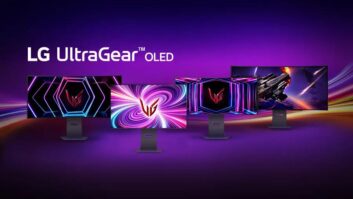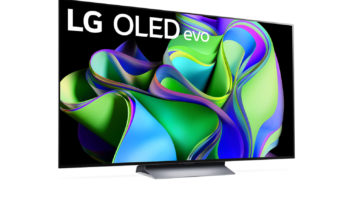Seoul, South Korea – LG Electronics teamed up with three other LG companies for the first time to build a flagship smartphone said to deliver longer battery life, a thinner profile and a brighter display compared with previous LG models.
Pricing and availability weren’t announced.
LG Electronics, LG Display, LG Chem and LG Innotek worked together in a vertically integrated development process to incorporate battery technology from LG Chem, a display from LG Display and touchscreen technology from LG Innotek, along with a new Qualcomm quad-core processor.
“Working closely with our affiliate companies allowed us a degree of control that very few smartphone makers have with their component partners,” said Dr. Jong-seok Park, president/CEO of LG Electronics Mobile Communications Company. He called the company’s next smartphone “a game changer for us” because it will incorporate “all the best-of-best technologies from our sister companies.”
LG Chem, Korea’s largest chemical company and developer of electric car batteries, developed a battery that offers greater energy capacity without compromising size and weight, the company claimed. The battery also offers more charging cycles than any other smartphone battery. The battery uses LG Chem’s high-density technology to deliver more power than similar-size batteries because it runs 60 percent more efficiently, LG said. The battery’s lifespan has been extended to 800 charging cycles compared to other batteries’ 500 charges “in best-case conditions,” LG added
For the phone display, LG Display developed a display that is clearer than AMOLED displays but requires less power, the company said. The display features True HD IPS+ Display technology that’s sharper than AMOLED displays because of a high pixel density of 320 ppi (or 1,280 by768 pixels) and a Stripe RGB IPS panel. The display generates 470 nits of brightness but consumes 70 percent less power compared to other displays when displaying a white background. The True HD IPS+ Display does not suffer from screen burn-in as AMOLED displays do, the company added.
LG Innotek also contributed to the display, having developed the G2 Touch Hybrid Display, a unibody unit that eliminates the gap between the glass and the LCD panel in traditional touchscreens. The technology delivers a touchscreen panel that’s 30 percent slimmer than previous LG displays. It’s also said to display images “that seem to ‘touch’ the fingertip without the glass creating a barrier in between,” the company added.













